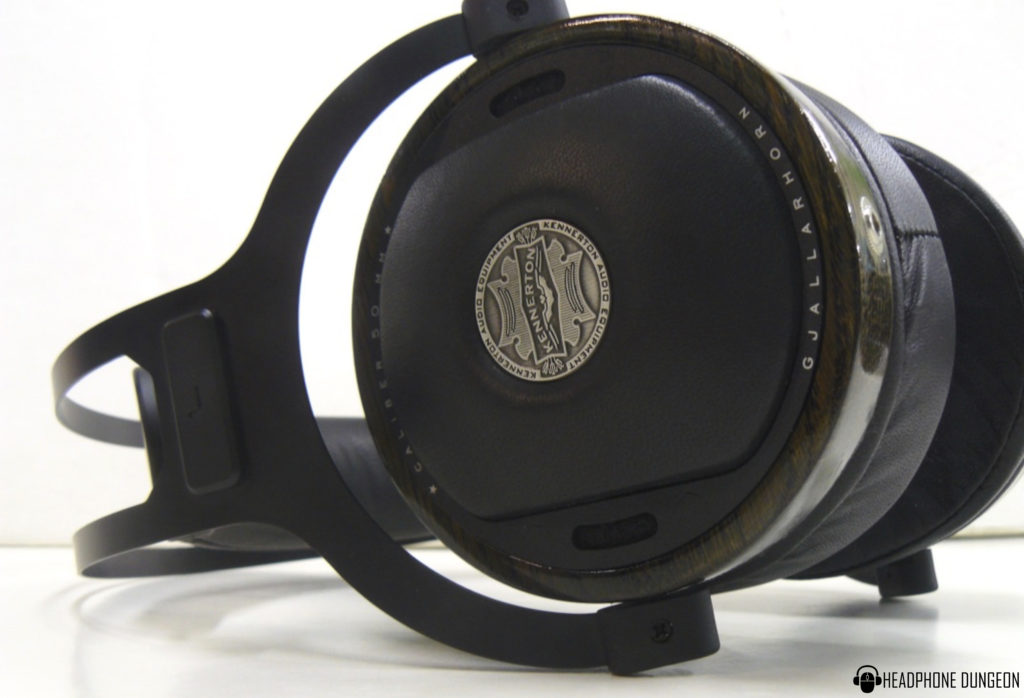A boutique offshoot of Fisher Audio, Kennerton claims their mission is to put the focus back on audio quality in an industry they feel increasingly values style over fidelity. Their quickly growing line of headphones hail from St. Petersburg, Russia and are gaining further traction as their overseas availability further expands. They recently released the JM edition of their Gjallarhorn GH Model, starting at $1,299. The JM edition is an acoustic modification originated by John Massaria and adopted by Kennerton. When Massaria got his hands on a pair of the original model, he modified them by adding small furniture dots around the delicate Graphene Mylar membrane, and claimed this made a world of difference in the sound. This modification, he said, significantly increased their precision and instrument separation. Evidently, Kennerton was quite impressed.
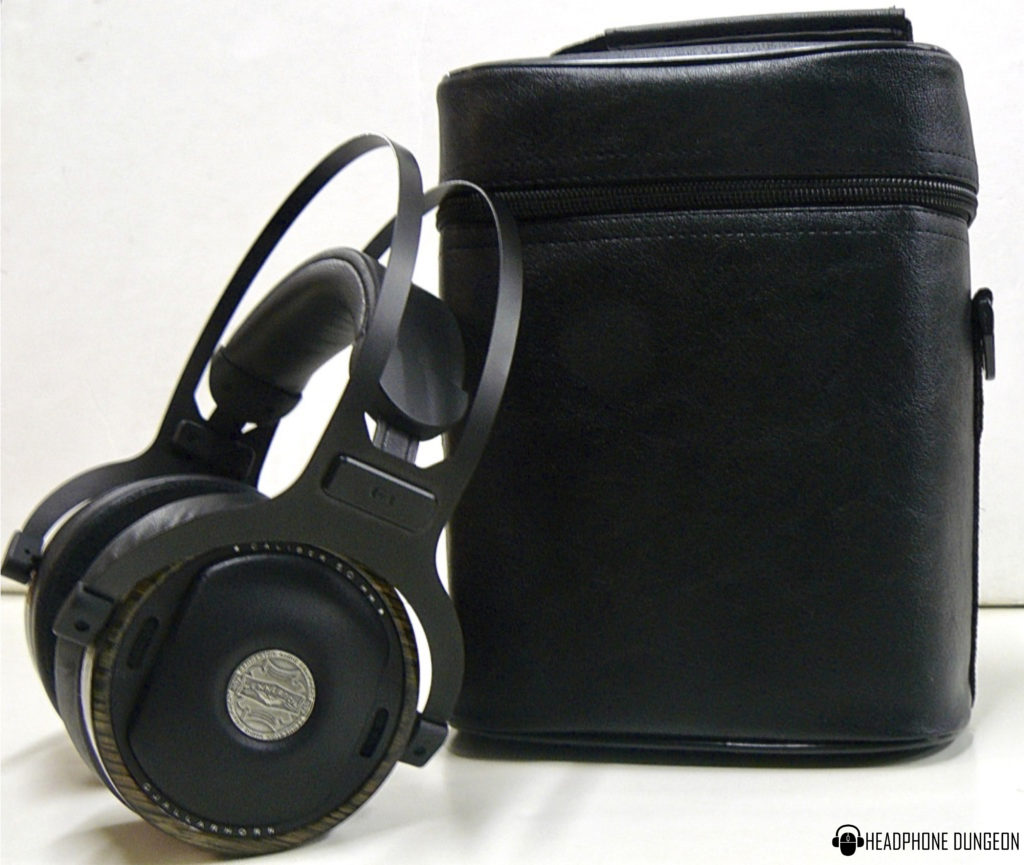
What’s in the Box:
Kennerton’s packaging is simple but effective. We get a sizable eco-leather case with a pocket at the top for the 2 meter cable with a gold-plated 6.3 TRS connector. No other cables are provided, but the long, braided chord should suffice for most applications. The case is well padded and has a snug fit for the headphones, rest-assured they’ll be well out of harm’s way. They also provides a strap should you want to carry them over your shoulder.
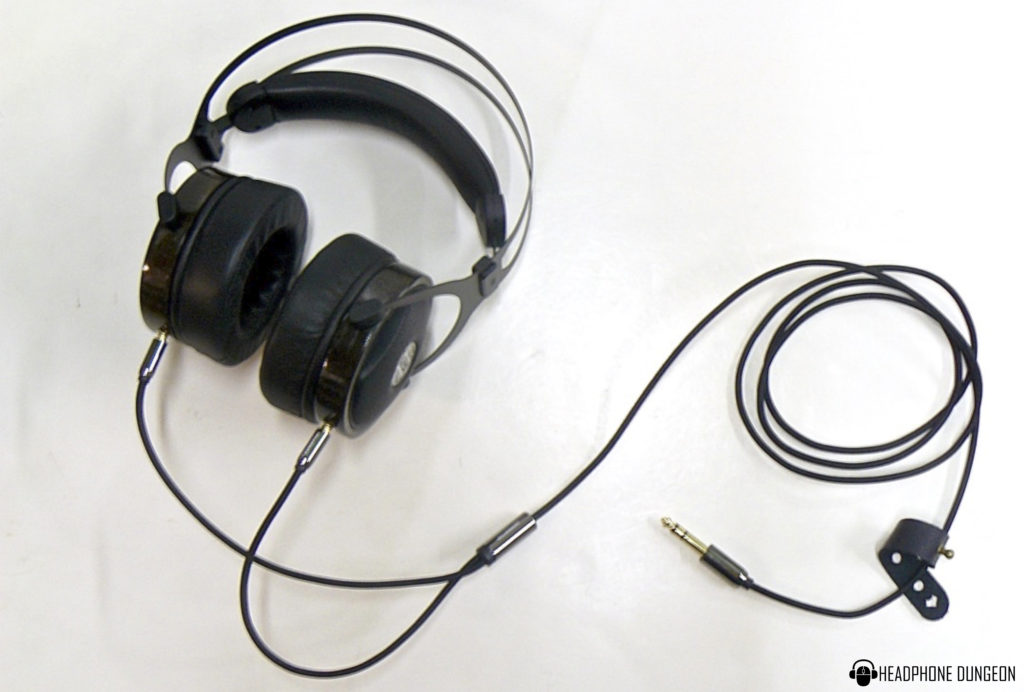
Look and Feel:
Kennerton sticks to a fairly organic look. All their headphones sport various stains of wood on the ear cups, the Gjallarhorn having a few different options, including a limited edition stabilized maple blue. Pictured here is the deep brown “Dusk” wood tone. With their deep lambskin leather cushions and arching stainless steel frame, these are pretty sizable. While these may be a bit bulky for some, their extreme comfort makes them well worth the size. They leave tons of room for your ears and are actually quite light, at about 1 lb, and won’t make your head feel weighed down. The combination of black painted metal and glossy wood give them a modern rustic look and durable feel. Maybe you won’t walk the runway in these, but they still feel subtly luxurious while remaining unobtrusive.
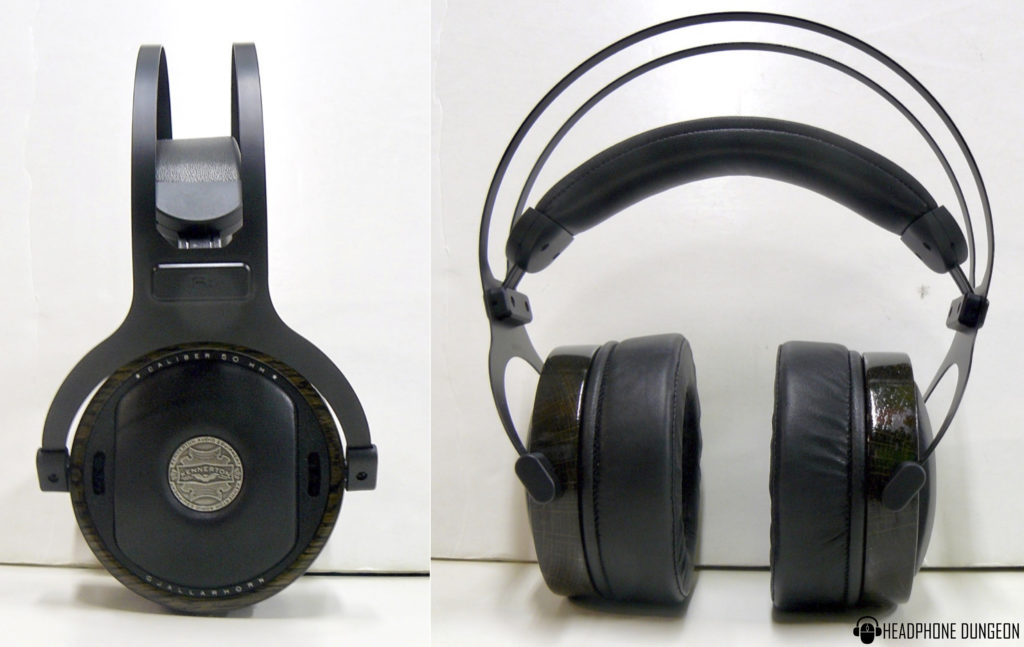
Design:
The original Gjallarhorn’s 50mm dynamic driver already boasted Kennerton’s state-of-the-art mylar membrane made with Graphene, a one atom thick (over 200,000 times thinner than an average human hair) carbon sheet that’s 300 times stronger than steel. Paired with an allow magnet powered aluminum voice coil, this novel build is meant to give the speakers improved dynamic range, detail, and lower distortion. The goal of the Gjallarhorn GH 50 is to create an improved version of the classic dynamic driver, instilling many qualities found in planar-magnetics and giving you the best of both worlds. This innovation paired with Massaria’s alterations gives these headphones an undoubtably impressive build, but the proof’s in the pudding of course.
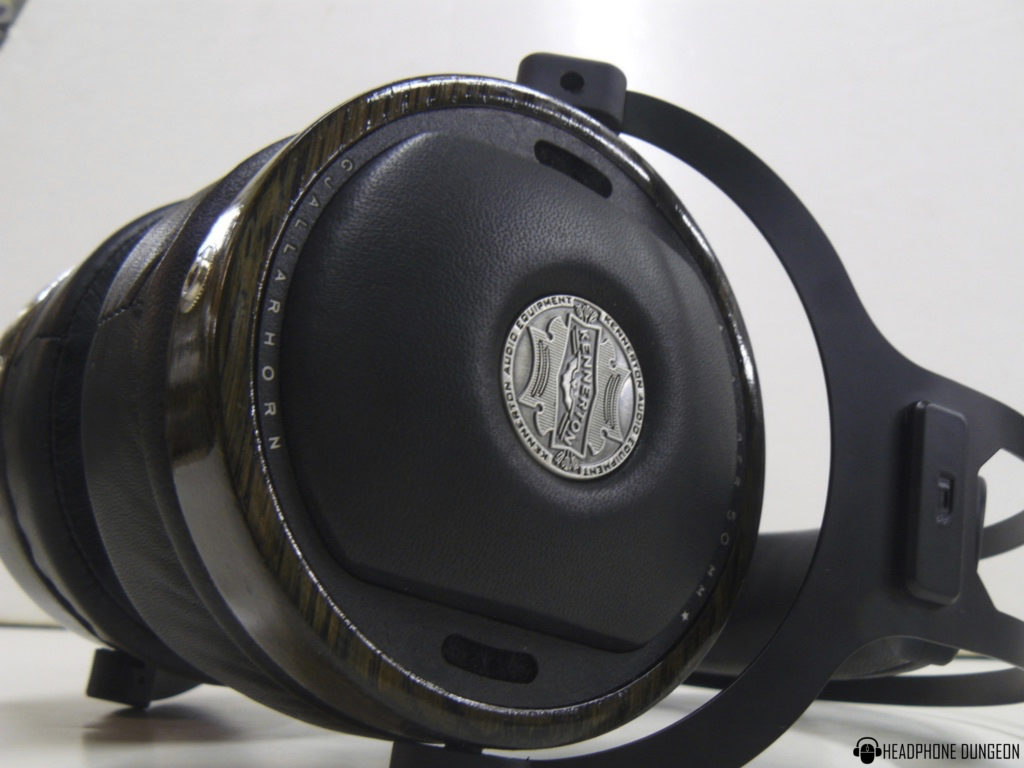
Output:
These have a low impedance of 33Ohms, though I’d still recommend an amp for optimal performance. While I’ve found them still sufficient without one, these headphones deserve the extra boost, and once you hear them with an amp, you won’t want to go back. If you’re looking for one that won’t break the bank, I’ve been using the ifI xCan recently and found it performs very well for the price.
They have a frequency response of 10Hz to 50Khz.
Soundstage
The Gjallarhorn GH 50 definitely comes through on Kennerton’s claim that they deviate from the typical dynamic driver sound, and they do possess a number of planar-like qualities. The imaging is expansive and spans from left to right seamlessly, you won’t find any hollow points. For a closed back headphone, these feel quite airy and atmospheric, there’s plenty of room for sound to bounce around and scratch all your sonic itches. I listened to “Malika” by Hiatus Kaiyote, one of my favorite artists for testing headphones as every track challenges them to journey through jazz, funk, electronic and everything in between paired with adventurous mixing and modulation. The Gjallarhorn GH 50s seemed unfazed by the eclectic sound and made each blip, tick, bass pluck, and vocal trill count. I found these to really dig into the various timbres and lay them all out for the listener to explore. The instrument isolation is stellar as Massaria noted in his modification, giving you the opportunity to get those new perspectives on your favorite tracks every audiophile is after. At times, when listening to songs with a wider mix, vocals can feel a little thinned out in the center compared to the rest of the instrumentation. However, I prefer this over a headphone that over-sharpens vocals and other center channel elements.
Low end
The low end in these headphones does a great job at not getting lost or diluted in their spacious soundstage. It’s got a satisfying punch and adds a good amount of cinematic rumble. I used another one of my favorite headphone workout songs to put the low end to the test, “Journeyman” by Amon Tobin. Tobin is a great artist to test out any piece of audio equipment, I’ve used this exact track to position and calibrate many a studio monitor. Like with the last song, the Gjallarhorns did a great job translating the wide array of textures and timbres, and added richness to its various growling inflections. These boast a bit heavier low end than you may find on other hi-fi headphones, which sometimes shy away from certain levels of low end in fear of overwhelming the rest of the spectrum or feeling too aggressive. I found the lows on these to be full-bodied and satisfying without being excessive. If you’re someone who tends to stray towards more subdued low end, these might feel a little overbearing, but I found the lows to be one of their star qualities.
Mids
The mids on the Gjallarhorn carry a pleasant warmth. I tested them with Johnny Cash’s “Highwayman,” as it features Willie Nelson, Waylon Jenning, and Kris Kristofferson; 4 legendary vocalists for your headphones to take on side-by-side. They showed great versatility handing the distinct textures of each voice, balancing out their various shades of old school resonance and giving them room to breathe. I found the high-mids on these stay relatively at ease, they’re not eager to cut through the mix but still show great dynamic range, giving you those nice pockets of twang when you need them. The Gjallarhorn’s mid response overall quells out a lot of harshness without cutting so much that the sound becomes thin and uncomfortable. I’m easily bothered by a sharp mids and the Gjallarhorn did a good job appeasing my picky ears. The low-mids maintain a tranquil character. Especially for acoustic recordings, they help keep the realism of guitars and drums. It’s a studio-like listening experience.
Highs
These are certainly not shy on the high end, but they don’t push it to the point of overkill. They will give you a considerable sheen, so if you value more generous high end you’ll appreciate these. If not, you may want to check out Kennerton’s Thror open back headphones, which uphold their high standard of quality but with a somewhat darker character. The Gjallarhorns communicate high end detail with a crisp accent, but avoid being too metallic or abrasive. I came back to Amon Tobin’s “Journeyman” to test the high end as this is another area where the song takes many twists and turns, and I’ve found few headphones can properly translate it. The Gjallarhorns did one of the best jobs I’ve ever heard from a closed back headphone, as it was able to achieve a substantial level of brightness and dimensional detail without ever starting to feel shrill. They retain a silkiness about the highs, keeping them delicate without compromising power.
Summary
Listening to the new JM edition of the Gjallarhorn GH 50s, their power and grace are obvious from the start. They offer a comfortable, highly immersive sound field and impressive handling across the frequency spectrum. Despite their power, you shouldn’t find yourself suffering much ear-fatigue; I’ve worn them for hours and felt ready to go much longer. If you’re looking to try out one of Kennerton’s products, these are a great introduction to the brand, sitting on the lower end of their price range while still carrying all the audio quality they prioritize
Pros and Cons
Pros: Clean high end, Full lows, Good soundstage for closed back
Cons: Size
Kennerton Gjallarhorn GH 50 JM Edition are available at Audio 46

